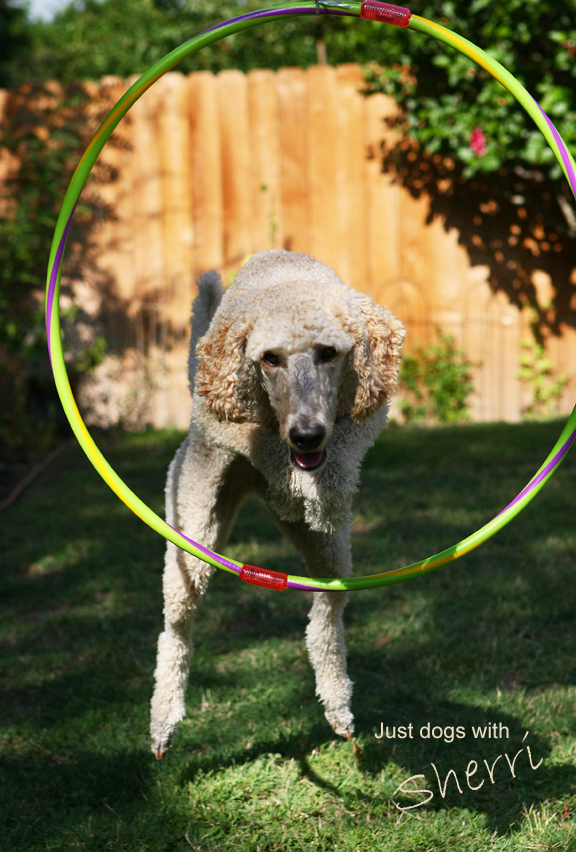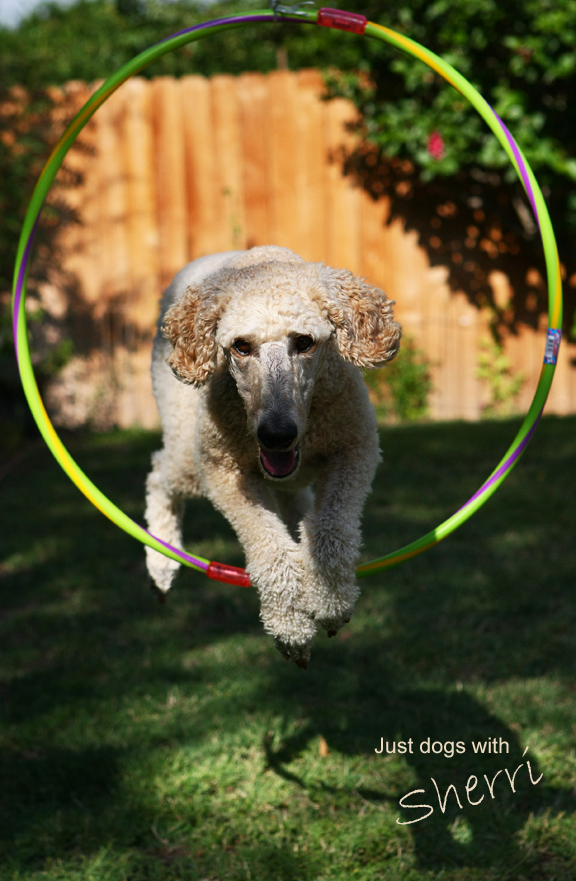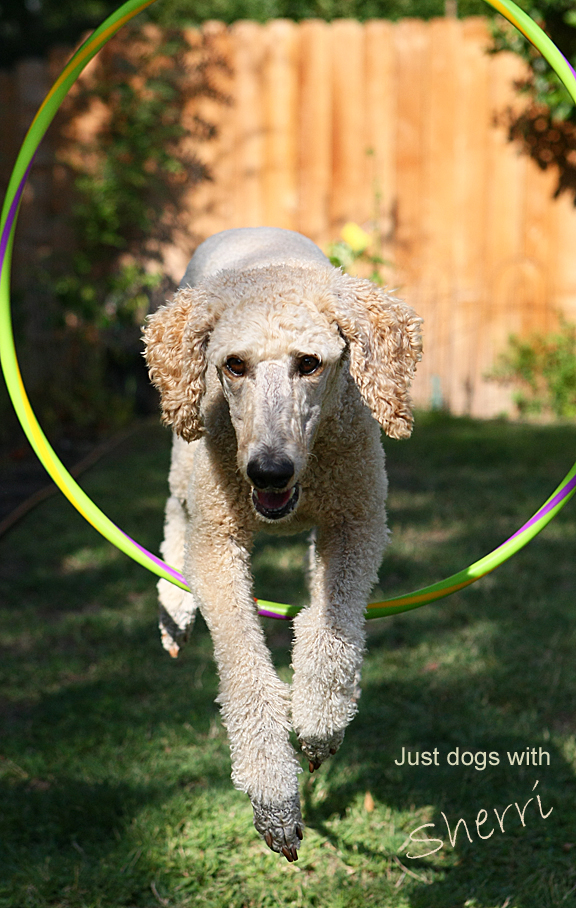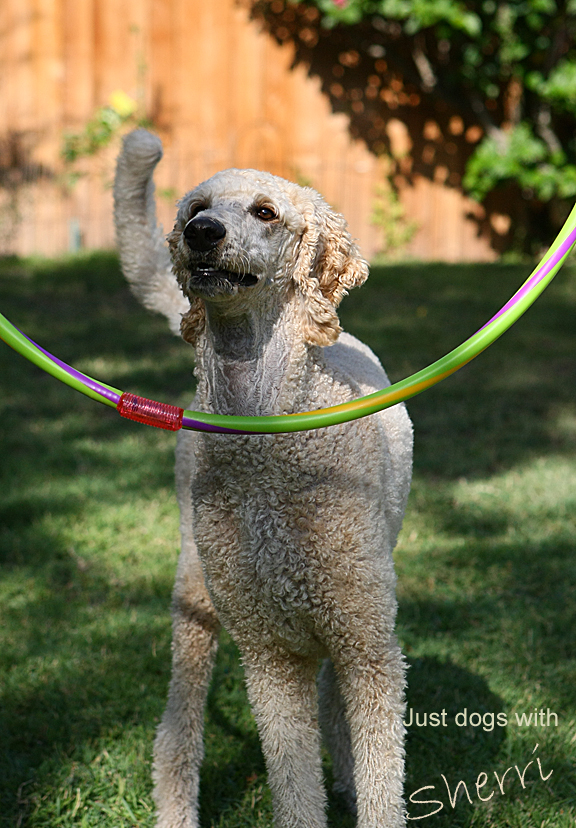I love training puppies. There is nothing better than starting with a nice clean slate. That said, each and every puppy is an individual. Plus, where and how they were raised will factor into how they behave at a young age.
Training puppies can seem very easy but we humans can also get it very wrong if we don't know what we are doing. I LOVE PUPPY APPOINTMENTS. Being able to get in and educate new puppy guardians so that they better understand their puppy and how to communicate with them is amazing. I love it.
Puppies are not little people; in fact they are much further away from us in the beginning of their life than they will be. They have yet to learn the ins and outs of living in our human world. Hopefully they had lots of time with Mom to learn the ropes on how to be a dog. They may have been given great life experience from their breeder, maybe not.
What you have standing there before you is a baby dog, not a baby human. One that has maybe only been on this earth of ours for 8 weeks. Crazy. So you need to learn to speak dog, or at least understand how they communicate, learn and understand.
No one way of training works for all. Of course it should be positive training but there are many techniques to get a message across under the blanket of positive training. If you have a new puppy and are just venturing into the world of education with them, do your research. Buy books, read, research and find out how best to communicate with that little furry bundle.
Find a positive trainer, one that doesn't use the yank and choke method of training. I have had to rehabilitate many dogs after being abused by yank and choke trainers. It is a very sad thing to see a puppy wince in fear from experience. If you ever feel like you shouldn't do something that a trainer tells you to do with your puppy, don't.
Puppies know nothing about our human world; we need to take the time, patience and tenderness to show them what it's all about.

































